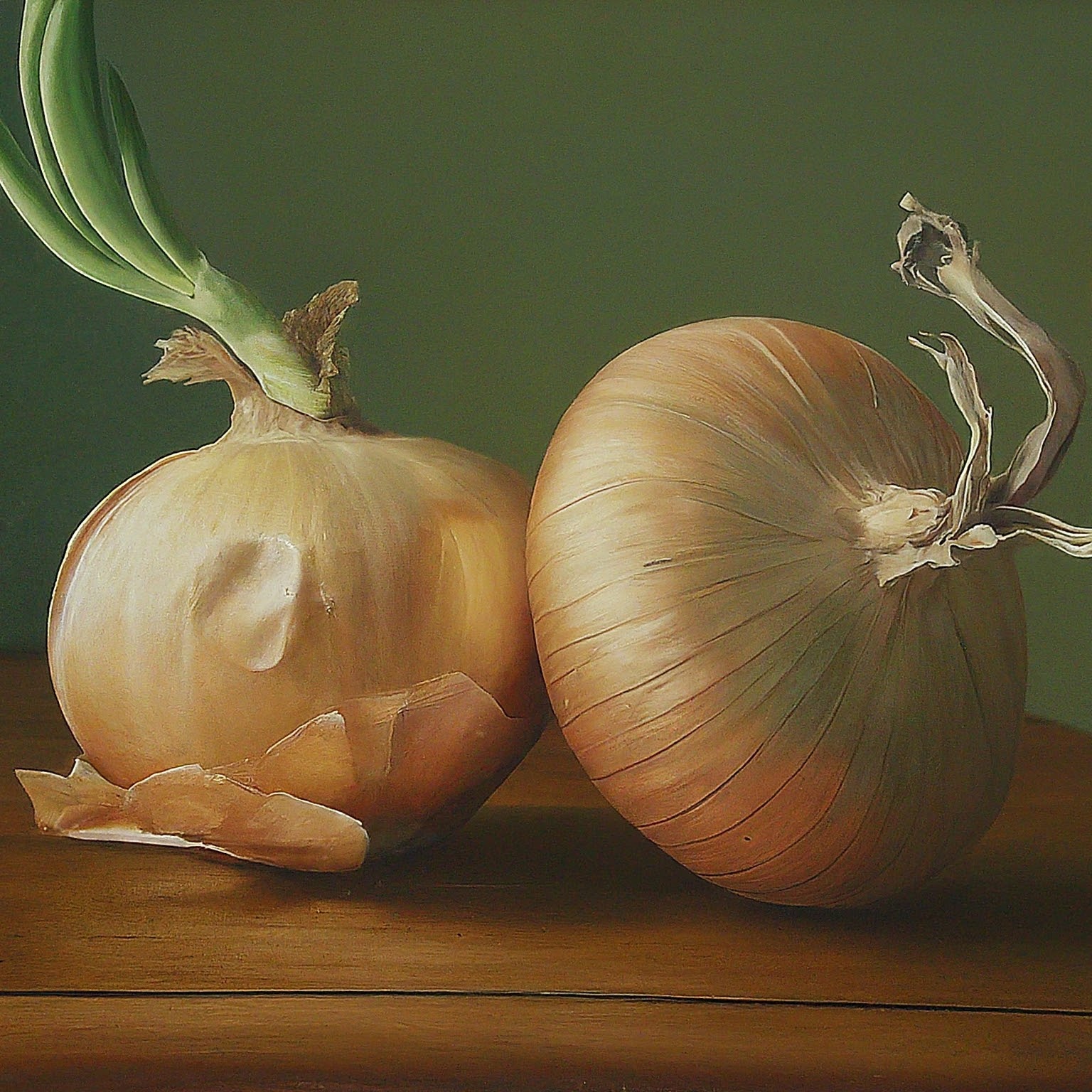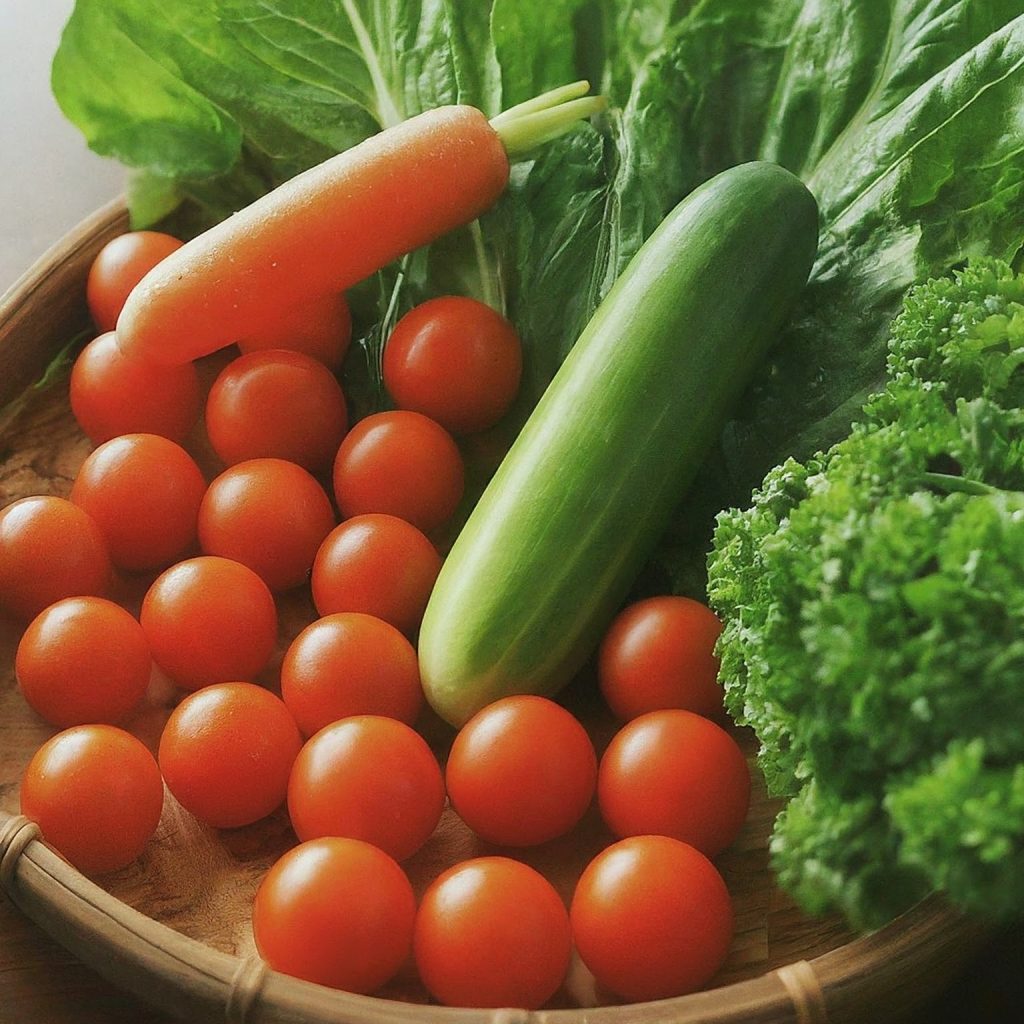All Posts
What Vegetables to Plant
Fill your garden with fresh vegetables you like to eat. If you enjoy salads, you might grow head lettuce, mixed greens, cherry tomatoes, cucumbers, and carrots. If you are passionate about cooking, then cultivate onions, peppers, chives, potatoes, and a variety of herbs. Try introducing at least one vegetable you haven’t tried before, as discovering new things is also part of the fun.
When farming in a raised garden bed, aim to maximize the yield as much as possible. The challenge is to keep the plants moderately spaced without greedily planting too many. Plants that are too densely packed will struggle with poor air circulation and competition for water, nutrients, and root space, preventing them from reaching their full potential.
Different plant species and your planting conditions will require different optimal space. For example, a dwarf watermelon like “Sugar Baby” might have vines that are 3 to 4 feet long, whereas a large watermelon vine like “Crimson Sweet” can grow up to 15 feet. With the experiences, you will gradually learn how much space each plant needs.
Also, consider how each plant’s growth habit (bushy, climbing, spreading) might affect other plants in the same raised bed. For instance, planting lettuce next to carrots is fine, but if you’re planting next to sprawling cucumber plants, there could be an issue. Trellises, ladders, and cages can help prevent unruly plants from competing with their neighbors and keep the garden neat and manageable.

While most vegetables you’re looking to plant can be started from seeds, in many cases, it’s better to start with seedlings. Starting from plants often shortens the harvest time by a month or more. In cold regions with growing seasons less than 100 days, tomato or pepper plants started from seeds may not have enough time to mature. When you’re only growing one or two plants of a specific type of vegetable, sometimes it makes more sense to buy a few plants rather than a whole packet of seeds.
Vegetables that can be directly sown into the garden from seeds include carrots, beetroots, beans, peas, corn, cucumbers, squash, and salad greens. In some cases, these crops are directly seeded because they do not transplant well and it’s best to seed them where they’re going to grow. For salad vegetables, the quick germination and growth also make it economical, as buying a packet of seeds is more cost-effective than purchasing several seedlings.
Potatoes are started from seed but rarely so. It’s quicker and easier to grow new potato plants from tubers than from seeds. Onions can be started from seed but it’s more common to plant sets or “onion bulbs,” which are simply small mature onions from the previous season. Garlic and shallots are also typically started from sets. Chives are put into the garden as young plants. Some herbs should be planted as plants, while some (like cilantro and dill) should be direct-seeded where they are to grow.
Planting your own favorite vegetables in your garden not only lets you enjoy fresh and tasty food but also offers the enjoyment and sense of accomplishment of cultivation. With proper planning and planting, you can maximize the yield in a limited space while keeping plants healthy. Remember, gardening isn’t just about satisfying the taste buds; it’s a way to connect with nature, to cherish every leaf and fruit. I hope you find joy in your garden’s harvest and continuously explore and learn new gardening techniques. Enjoy your wonderful time interacting with nature, and let’s work together to create a vibrant and beautiful garden!

